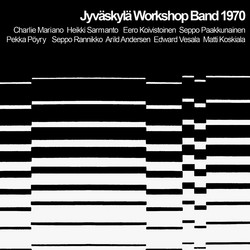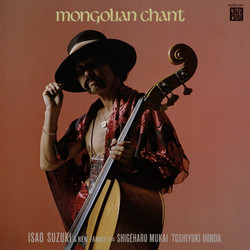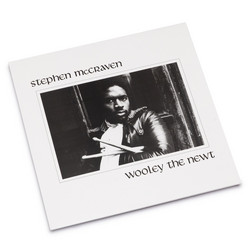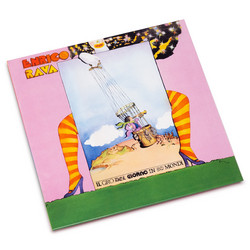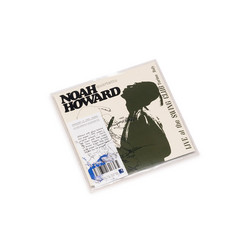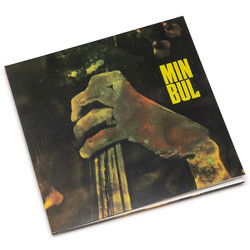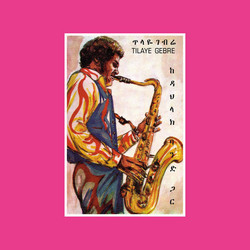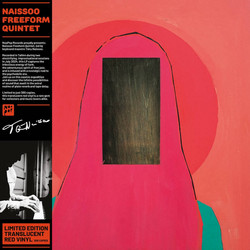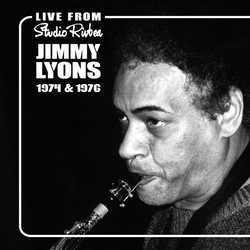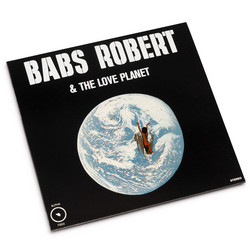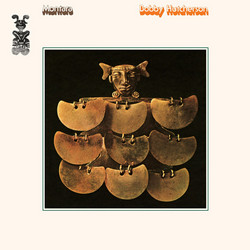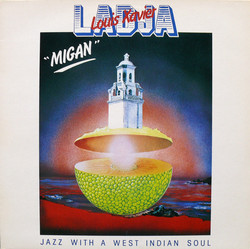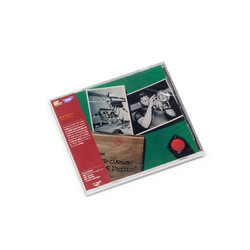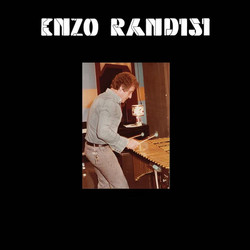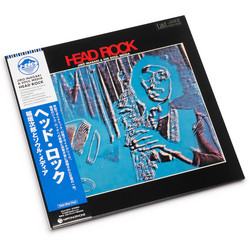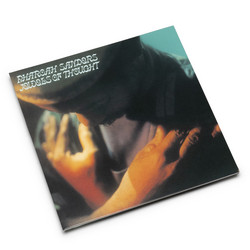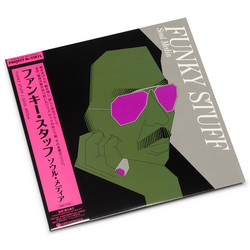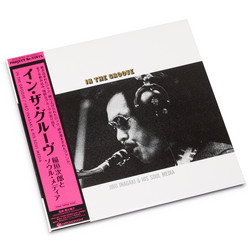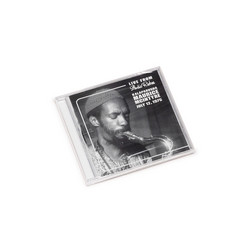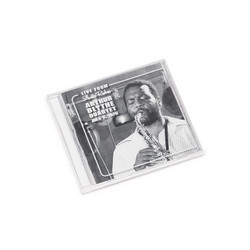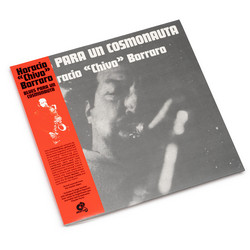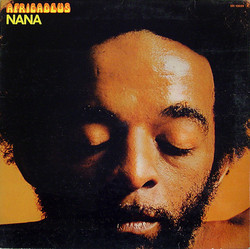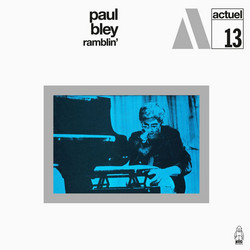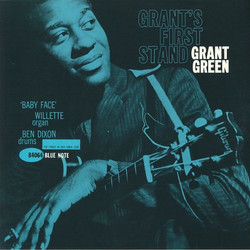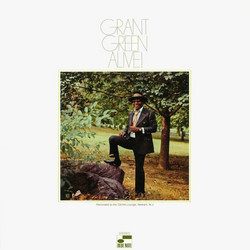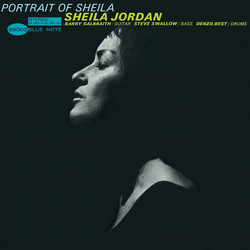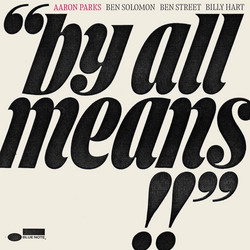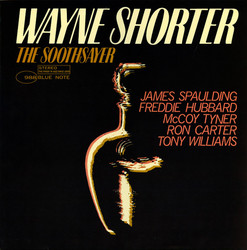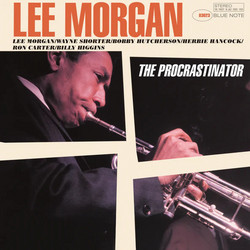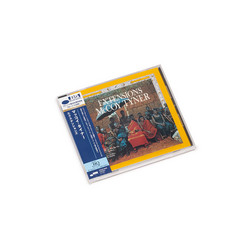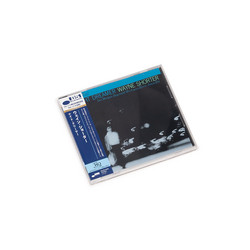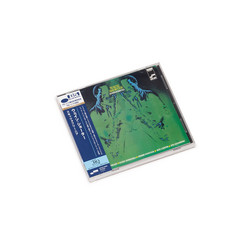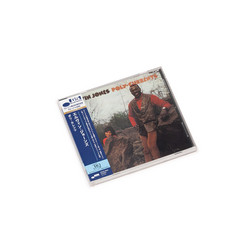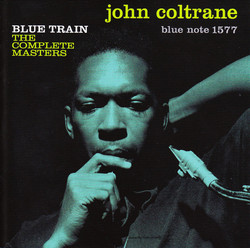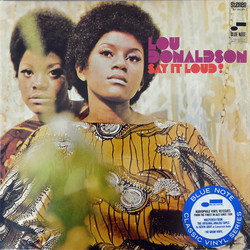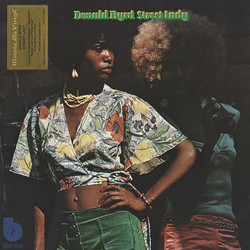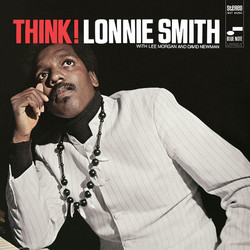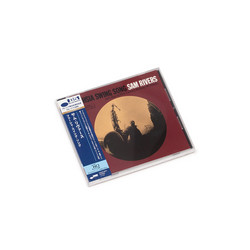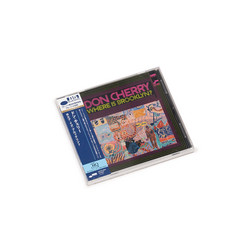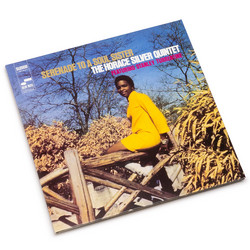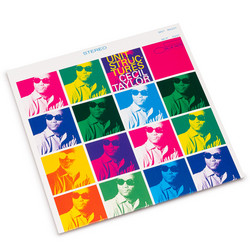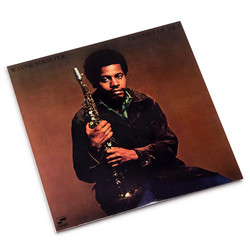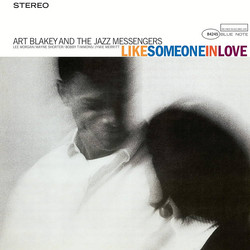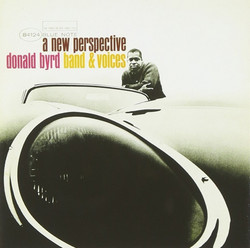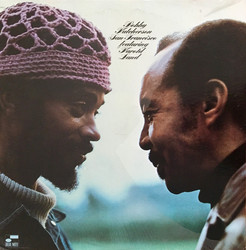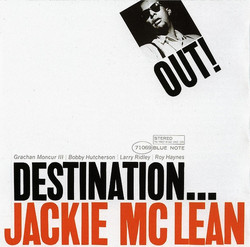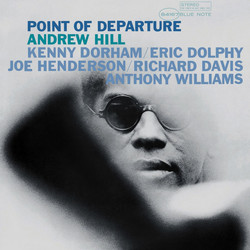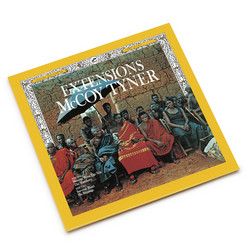With Green Is Beautiful, Grant Green delivers an evocative step forward in his sonic explorations, bridging classic jazz sensibilities with the emerging funk currents of the early seventies. Recorded in the revered Van Gelder Studio on a winter’s day, this quintet session pulses with the vibrant energy of the era, forged by Green’s unmistakable guitar lines—clean, rhythmic, unhurried, and always soulful. The ensemble, powered by muscular bass from Jimmy Lewis and Idris Muhammad’s signature drumming, is further enriched with textures from Blue Mitchell’s trumpet, Claude Bartee’s tenor saxophone, and the alternating organ interplay of Neal Creque and Emmanuel Riggins, lending the record a richness that moves effortlessly between groove and melody.
The album opens with a near ten-minute reinvention of James Brown’s “Ain’t It Funky Now”, where Green’s phrasing dodges cliché and avoids overt virtuosity in favor of hypnotic drive and subtle hooks—a template for funk-infused jazz guitar that resonates decades later. His take on “A Day in the Life” affirms the album’s R&B-jazz crossover intentions, transforming Lennon and McCartney’s chemistry into a platform for exploratory improvisation; Green stretches melodic fragments into pulsing rhythmic statements, underscoring his affinity for the interstices of jazz and pop.
Creque’s originals, “The Windjammer” and “Dracula”, reveal the ensemble’s ability to conjure mood and kinetic momentum, with organ and percussion driving the grooves while Green maintains his role as both anchor and commentator. The inclusion of “I’ll Never Fall In Love Again”, recast from Bacharach’s catalog, is handled with refreshing restraint, its sentiment distilled by Green’s pure, singing lines—a reminder of his feel for lyricism even amid funk’s propulsiveness.
Rather than succumbing to the excessive gloss that sometimes shadows crossover attempts, Green Is Beautiful retains an unforced, organic quality; every musician finds space for expression without crowding the frame. The album, far from being a mere commercial pivot, stands as evidence of Green’s evolving artistry, inviting reevaluation from listeners who may have underestimated the potency of jazz-funk’s hybrid language. In a contemporary landscape where genre boundaries bend and blend, the album’s craftsmanship and groove-heavy optimism remain pertinent, radiating warmth and rhythmic clarity. Through its five tracks, Green Is Beautifulreaffirms Green’s subtle but profound impact on the shape of jazz guitar—forward-thinking, never showy, undiminished by time or trend.

